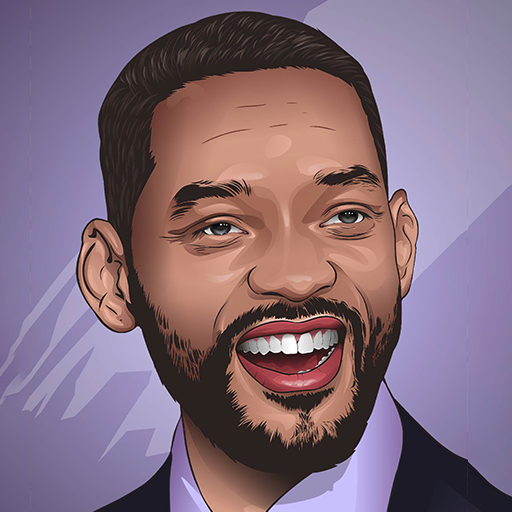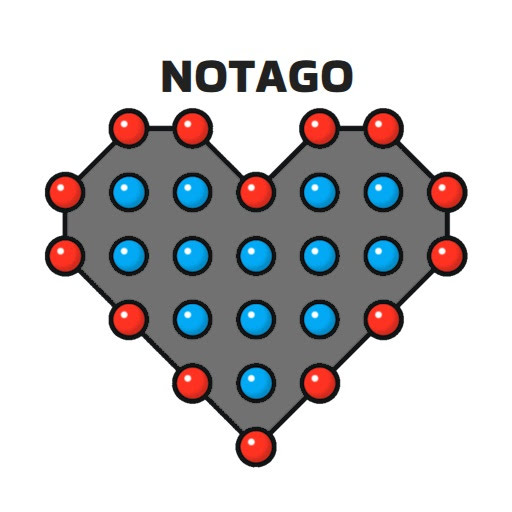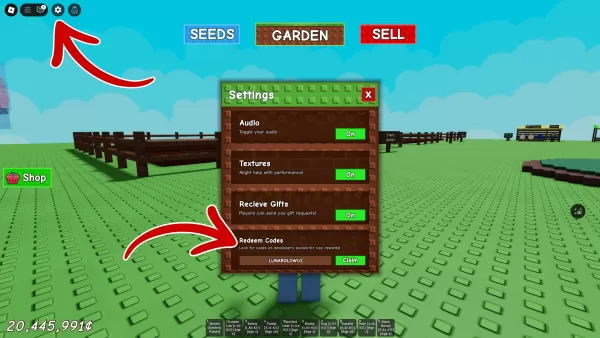A few weeks ago, Microsoft hiked the prices of all its Xbox Series consoles and several of its accessories worldwide. They also confirmed that some new games would retail at $80 this holiday season. Just prior to that, PlayStation raised its console prices in certain regions, while Nintendo bumped up the prices of its Switch 2 accessories and announced its first $80 game.
The tariff-induced price hikes have arrived, leaving gamers overwhelmed by the numerous increases across the board. To make sense of it all following Xbox’s announcement, I reached out to a group of analysts for their insights on what’s happening, how costly gaming will get in the near future, and whether the industry or any major players are in trouble. The good news is that the video games, consoles, and major platforms aren’t disappearing anytime soon.
However, the bad news is that we’re definitely going to see a significant uptick in gaming expenses—and everything else. But why is it all so expensive now?
My initial query to the analysts was simple: why are Microsoft’s console and accessory prices rising so drastically now? Their answers were as straightforward as they were predictable: tariffs. While rising development and manufacturing costs play a role, tariffs—or the fear of them—are the primary driver, especially as U.S. President Donald Trump toggles different tariffs on and off.
“Given that Microsoft’s consoles are manufactured in Asia, it shouldn’t come as a surprise that prices are going up,” said Dr. Serkan Toto, CEO of Kantan Games, Inc. He added that prices were bound to rise eventually, but the recent tariff chaos made this the opportune moment for Microsoft to announce the increase with minimal backlash. “It was smart of Microsoft to use the current economic climate to push through price hikes both in the U.S. and globally. Doing it all at once prevents prolonged fan frustration compared to spreading it out region by region.”
Joost van Dreunen, NYU Stern professor and author of the SuperJoost Playlist newsletter, concurred with Toto’s reasoning. “Microsoft is taking a bold step by making one big price adjustment rather than a series of smaller ones. This is a strategic move in response to tariff pressures, not a series of trial-and-error experiments. By simultaneously increasing prices for hardware, subscriptions, and first-party titles, they’re managing consumer reactions in a single news cycle while maintaining competitive pricing in a service-oriented market where hardware serves as the gateway.”
Other analysts echoed the tariff argument. Manu Rosier, director of market intelligence at Newzoo, noted that the timing of the price hike, ahead of the holiday season, allowed partners to adjust and consumers to recalibrate their expectations. Rhys Elliott, head of market analysis at Alinea Analytics, highlighted that while digital software remains unaffected by tariffs, raising game prices helps offset the higher costs of manufacturing hardware. “When costs go up in one area, balancing them elsewhere is essential. That’s exactly what’s happening here.”
Even beyond tariffs, Piers Harding-Rolls, game research director at Ampere Analytics, pointed out additional factors driving the inevitable Xbox hardware price increase:
“The macroeconomic context plays a role, with persistent inflation and rising supply chain costs. The recent price hike of the Switch 2 and Sony’s own price increase made this move easier to implement. Microsoft likely saw a noticeable gap between its entry-level pricing and that of PS5 and Switch 2. Despite a 27% price jump in the U.S., the cheapest Xbox Series S console remains $70 cheaper than the Switch 2, providing ample room for adjustment. The biggest increases are seen in the U.S., reflecting the impact of tariff policies. Outside the U.S., price hikes are more moderate and focused on cheaper consoles in the lineup.”
Analysts were almost unanimous in predicting that Sony would follow suit with PlayStation hardware, accessories, and game price increases. Elliott, in particular, expressed confidence, especially regarding $80 games.
“This is just the start,” he said. “Following hardware price hikes, we’ll likely see PlayStation increasing software prices as well. With Nintendo and Xbox raising software prices, the floodgates are open. Publishers, whether first- or third-party, will charge $80 where possible. Many gamers are willing to pay higher prices, evidenced by the millions willing to spend $100 for early access to certain games. The higher price ceiling could also lead to more varied pricing, with games at $50, $60, $70, and beyond, allowing lower-priced games to sell better due to perceived discounts.”
Elliott elaborated that discounted pricing on platforms like Steam could drive more sales, and he expects games to launch at $80 to maximize early sales among superfans, with prices gradually decreasing afterward. “This is already happening to some extent, but it will become a bigger part of publishers’ strategies moving forward.”
Regarding hardware, Daniel Ahmad, director of research and insights at Niko Partners, noted that Sony had already raised console prices in some regions, with the U.S. potentially next.
“Sony has raised console prices in several regions outside the U.S.,” he said. “Both Sony and Microsoft are hesitant to raise prices in the U.S., given its size and importance in console sales. However, we wouldn’t be surprised to see Sony follow suit with PS5 price increases in the U.S.”
James McWhirter, senior analyst at Omdia, observed that PS5 hardware is primarily manufactured in China, making Sony’s supply chain vulnerable to U.S. tariffs. Yet, the console market often sees half of its sales occur in Q4. This gave both Microsoft and Sony more time to rely on existing inventory. In 2019, consoles were exempt from tariffs on Chinese goods, but this exemption didn’t take effect until August.
“With Microsoft adjusting prices first, it opens the door for Sony to follow suit with PS5,” McWhirter added. “This decision will be particularly challenging in the U.S., the world’s largest console market, which has historically been spared—save for the PS5 Digital Edition’s $50 price bump last year.”
Finally, Mat Piscatella at Circana was cautious about predicting Sony’s next steps but referenced the Entertainment Software Association’s comments on tariffs impacting game prices, emphasizing that rising prices are symptomatic, not the root cause.
Nintendo, meanwhile, hinted at considering “appropriate price adjustments” if tariffs persist.
Despite the rising prices, analysts are optimistic about the industry’s resilience. The Xbox price hike and potential PlayStation follow-up aren’t expected to significantly hurt console manufacturers. Several experts pointed to Microsoft’s recent ‘This Is An Xbox’ campaign as evidence of its preparedness for this shift. Fewer console purchases are expected, but Xbox has been repositioning itself as a service platform rather than a hardware-dependent experience for years. GTA 6 is also set to boost sales.
“Xbox hardware sales revenue has been declining, and this trend will continue, albeit slightly tempered by higher price points,” said Harding-Rolls. “We anticipate a boost in Q2 2026 due to GTA 6. Last quarter, Microsoft’s gaming hardware sales fell by 6%, with further drops predicted next quarter. Higher prices will have a mild dampening effect, but the delay of GTA 6 is likely a bigger factor for 2025 performance.”
More broadly, analysts believe gaming spending will remain stable, shifting in distribution rather than declining. Elliott explained:
“Rising prices won’t necessarily reduce spending. Even in tough economic times, games are highly price-inelastic. The market will absorb the increases. Early adopters will always buy early. PlayStation and Nintendo console sales have matched or exceeded previous generations despite price increases. What’s more, in-app purchases account for much of today’s gaming spending, surpassing premium game purchases overall.”
Rosier agreed: “Spending won’t necessarily decline but could shift. As prices rise, consumers may prioritize subscriptions, discounted bundles, or live-service games over individual full-price titles. Total spending may stay steady or modestly grow, but the allocation across formats and platforms will evolve. Xbox’s pricing changes could accelerate this shift toward services and ecosystems versus standalone products.”
Harding-Rolls noted that the U.S., being the largest console market and the region most affected by tariffs, may feel the impact more acutely. Ahmad suggested that markets like India, Thailand, and China, though influenced by global economic trends, will still see growth. Regarding software, McWhirter observed that full-game prices have historically resisted inflation and consumer pushback, but Xbox’s quick adoption of $80 games suggests other publishers will follow suit.
“Importantly, we don’t expect this to directly impact sales volumes, thanks to 2025’s strong content pipeline,” McWhirter continued. “Publishers will keep exploring ways to add value post-launch, such as frequent discounts, multi-tiered pricing, DLC, and bundling. Platform holders like Nintendo can adjust after launch—expect Nintendo Switch Online Game Vouchers to return at higher price points to accommodate $80 games.”
Piscatella was less optimistic, echoing the general uncertainty surrounding the global economy and the

 Latest Downloads
Latest Downloads
 Downlaod
Downlaod




 Top News
Top News








